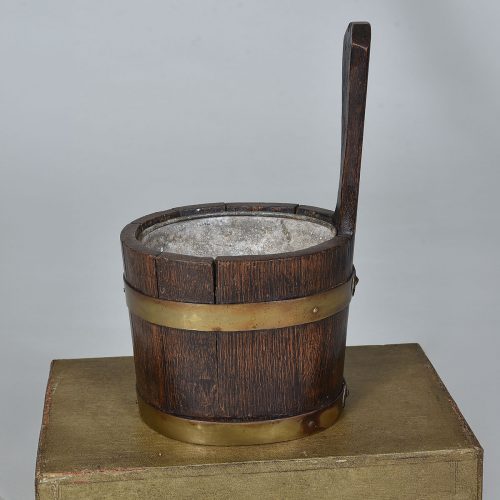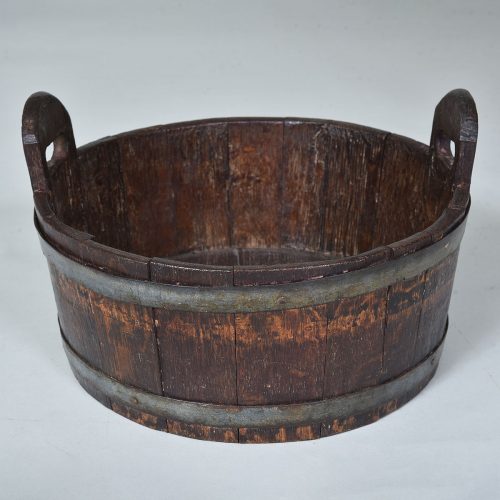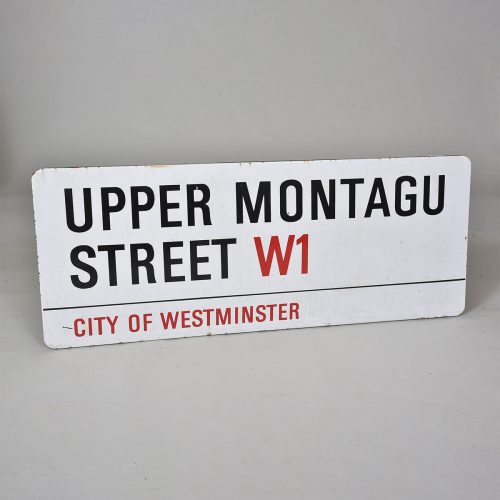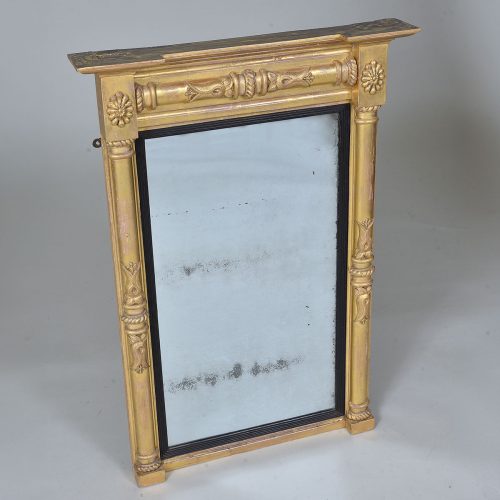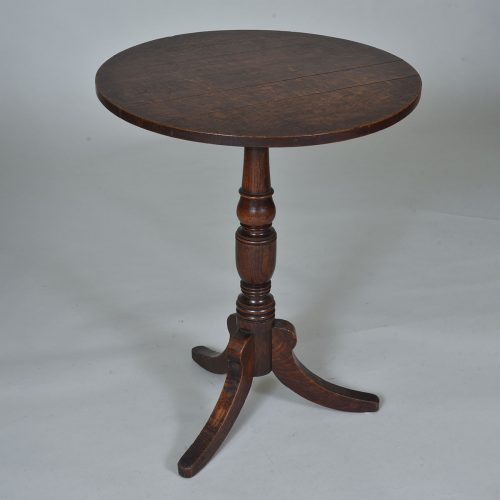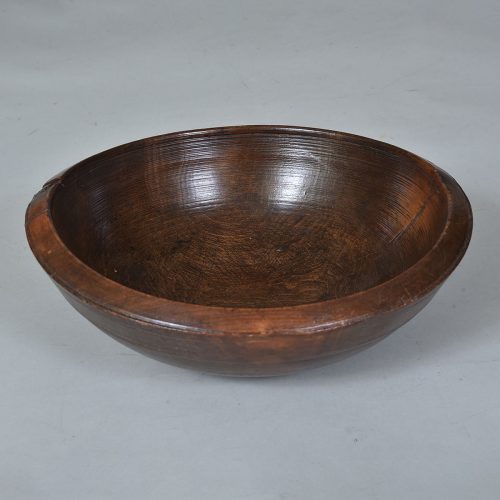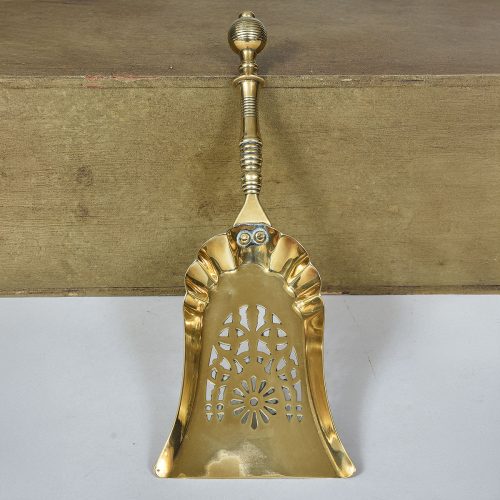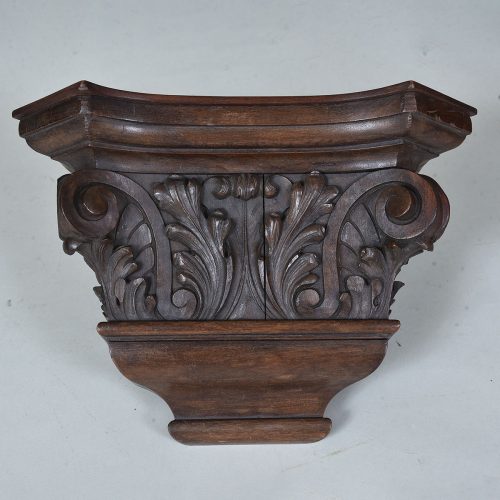Current Stock
-
Georgian Piggin
£195.00Georgian brass bound oak piggin with metal liner. Width: 7" / 18 cms Height: 12" / 30 cms -
Large Treen Measure
£145.00Large treen dry goods measure with iron bands. Diam: 16" / 41 cms Height: 7" / 18 cms -
London Street Sign
£240.00London street sign - 'Upper Montagu Street' Westminster Width: 44" / 112 cms Height: 18" / 45 c,s -
Matched set of six single and 2 armchairs. Lancashire ladderbacks with rush seats. Circa 1790/1800 Some restoration
-
Regency Gilded Mirror
£580.00Regency gilded mirror with original plate Width: 24.5" / 63 cms Depth: 4.25" / 10.5 cms Height: 36" / 91 cms -
Small Georgian Oak Tripod Table
£395.00Small Georgian oak tripod table with tilt top. Diam: 21.5" / 55 cms Height: 27.5" / 70 cms -
Victorian brass hearth shovel with pierced decoration Length: 14" / 35 cms
-
Victorian Carved Wall Bracket
£225.00Victorian carved wall/display bracket in the form of a capital Width: 15.5" / 39 cms Depth: 6" / 15 cms Height: 12" / 30 cms -
Victorian Mahogany Mirror
£220.00Victorian mahogany framed mirror with deep moulding. Width: 31" / 78 cms Height: 28" / 71 cms Depth: 2" / 5 cms -
William and Mary Style Stool
£580.00Smart William and Mary STYLE cane top stool with custom made cushion. Width: 21.5" / 55 cms Depth: 16.5" / 42 cms Height: 20" / 51 cms -
18th century Oak Box Stool
£680.00Late 18th century Oak box stool. Lift up lid with a moulded edge. Side carrying handles and escutcheon in brass. Shaped bracket feet. Width: 17.5" / 44 cms Depth: 17" / 43 cms Height: 18.5" / 47cms


